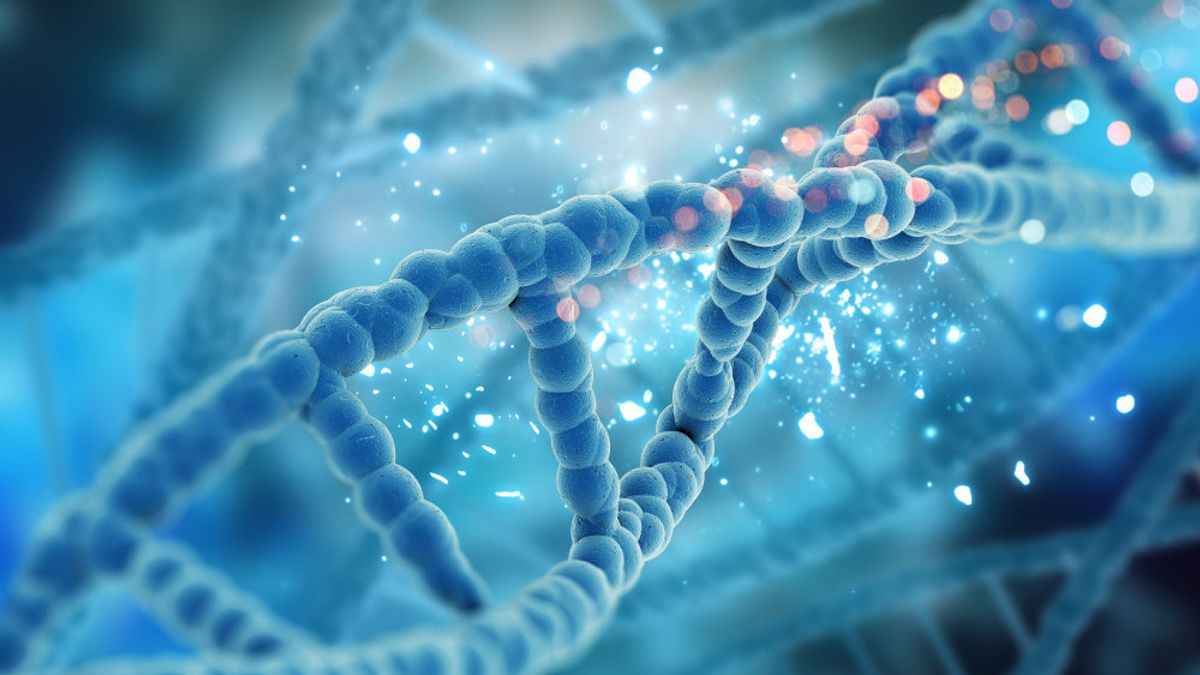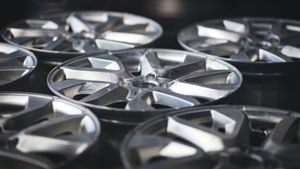YOGYAKARTA - Cells located in the body of living things will certainly carry out division-shaped activities. There are 2 methods of division carried out by cells. The 2 divisions are carried out in the term mitosis and meiosis. The division of these cells is very important for the sustainability of living beings because some activities in the body of living beings are determined by this division. For example, supporting the reproductive process of living beings as well as being able to treat them as well as replacing the tissue within the bodies of damaged creatures. This time we will focus on division of mitotic cells. Here's the explanation.
The simple fragmentation of mitotic cells is direct division. However, it is clear that this mythist division is the division of body cells that creates 2 child cells that have the same number of chromosomes as the parent cell.
Mythist decays generally take place in cells such as eukaryotics because these cells have the organs needed by mitosis such as cell cores, cell membranes, and mitochondria.
The mitosis division process consists of 4 phase stages, namely:
1. Interphase
This interphase stage is the process when the cells make preparations by hoarding energy for the division process. This interphase process generally goes through a longer process among other phases.
In this phase, there are still 3 stages that are passed, namely the first gap session (G1), the synthesis phase, and the second gap (G2).
Phase G1 is a stage when natural cells develop and grow marked by the development of cell fluids, cell organs, and synthesis of materials that will be used in phase S. After passing through phase G1, the cells then go through phase S or synthesis. In this phase, the cells perform DNA duplication as genetic material that is passed down to the child's cells.
Walhasil DNA bakal menghasilkan 2 kopisan. Setelah itu pada fase G2, terjadi peningkatan synthesis protein yang merupakan proses persiapan terakhir dari interphase.
2. Prophase
The prophase is an early stage of mitosis division. At this stage, the centrosom is replicated and then creates 2 centrosoms. The 2 centrosoms then move to each pole of the cell core which is located oppositely.
On the other hand, microtubules or long protein fibers also begin to appear between the 2 produced centrosoms. This microtubule after that forms a kind of thread called the spindel thread.
On the other hand, chromatin yarn also thickens and creates chromodynamics. This chromosome is a place for spindel yarn to stick.
At the end of the prophase stage, the core membrane began to be damaged and so small parts and the entire cell was already located where it should be.
3. Metaphase
After the nuclei or the core membrane is damaged or invisible, after that the kinetokor in the centromer is connected by the spinel thread to the centronomous sau. The 2 chromatides then began to move to the core of the cell and form a slab called the metaphase.
4. Anaphase
In this anaphase session, the chromatides and centromers separate each other and then form new chromosomes. The new chromosome is then pulled by the spinel thread towards opposite poles. The number that moves to the poles has the same amount.
At this stage, there is a phase of cytoplasmic division, organel, and cellular membrane. The phase is called the Sitocurrency.
5. Telophase
The telophase is the last stage of mitosisic division. At this stage, the chromosomes have reached their poles and are starting to stretch, the connecting spindel threads are starting to disappear, and core or nuclei membranes are starting to join each other.
Selai itu ada fakta menarik yang harus diketahu, karena Bahu Robot Ternyata Bisa Tumbuhkan Sel Manusia' Lantas seperti apa penjelasannya? Baca di sini ya!
So after knowing the mitosis cell division, see other interesting news on VOI.ID, it's time to revolutionize news!
The English, Chinese, Japanese, Arabic, and French versions are automatically generated by the AI. So there may still be inaccuracies in translating, please always see Indonesian as our main language. (system supported by DigitalSiber.id)












